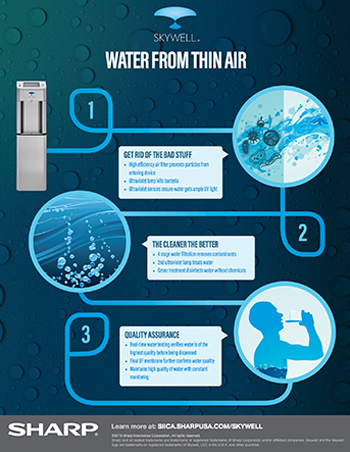The Ultimate Guide To Understanding Warmth Pumps - Just How Do They Work?
The Ultimate Guide To Understanding Warmth Pumps - Just How Do They Work?
Blog Article
Article Developed By-Blanton Best
The best heatpump can conserve you considerable quantities of money on power costs. air con repair can additionally help in reducing greenhouse gas emissions, particularly if you make use of electrical energy in place of fossil fuels like gas and home heating oil or electric-resistance heaters.
Heat pumps function significantly the same as a/c unit do. This makes them a feasible option to typical electrical home furnace.
How They Work
Heat pumps cool down homes in the summer and, with a little aid from power or gas, they give a few of your home's home heating in the winter. They're a great alternative for people that wish to lower their use fossil fuels yet aren't ready to change their existing heater and cooling system.
They depend on the physical truth that even in air that seems also cool, there's still power present: cozy air is always moving, and it wants to move right into cooler, lower-pressure environments like your home.
Many power STAR accredited heatpump run at near to their heating or cooling ability throughout the majority of the year, decreasing on/off biking and conserving energy. For heat pump mitsubishi , focus on systems with a high SEER and HSPF rating.
The Compressor
The heart of the heat pump is the compressor, which is likewise known as an air compressor. This mechanical streaming tool utilizes potential power from power production to boost the stress of a gas by lowering its volume. It is various from a pump because it only services gases and can't deal with liquids, as pumps do.
Atmospheric air goes into the compressor through an inlet valve. It travels around vane-mounted arms with self-adjusting size that split the interior of the compressor, creating numerous cavities of varying size. The rotor's spin forces these tooth cavities to move in and out of phase with each other, compressing the air.
The compressor attracts the low-temperature, high-pressure refrigerant vapor from the evaporator and compresses it right into the hot, pressurized state of a gas. This procedure is repeated as required to provide home heating or cooling as needed. The compressor also includes a desuperheater coil that recycles the waste warm and includes superheat to the cooling agent, changing it from its fluid to vapor state.
The Evaporator
The evaporator in heat pumps does the very same point as it carries out in refrigerators and a/c unit, transforming liquid refrigerant into a gaseous vapor that eliminates heat from the room. Heat pump systems would not function without this vital piece of equipment.
This part of the system is located inside your home or structure in an interior air handler, which can be either a ducted or ductless unit. It contains an evaporator coil and the compressor that presses the low-pressure vapor from the evaporator to high pressure gas.
Heat pumps take in ambient warm from the air, and after that use electrical power to move that heat to a home or service in heating setting. That makes them a great deal more energy efficient than electric heating systems or furnaces, and due to the fact that they're utilizing clean electricity from the grid (and not shedding fuel), they additionally produce much less exhausts. That's why heatpump are such excellent ecological choices. (Not to mention click this why they're becoming so prominent.).
The Thermostat.
Heatpump are fantastic alternatives for homes in cold environments, and you can use them in combination with conventional duct-based systems and even go ductless. They're an excellent different to nonrenewable fuel source heater or standard electric heating systems, and they're a lot more lasting than oil, gas or nuclear HVAC devices.
Your thermostat is the most vital element of your heatpump system, and it works extremely in a different way than a traditional thermostat. All mechanical thermostats (all non-electronic ones) job by using compounds that change size with enhancing temperature level, like curled bimetallic strips or the broadening wax in a car radiator valve.
These strips contain 2 different kinds of metal, and they're bolted with each other to form a bridge that finishes an electric circuit attached to your cooling and heating system. As the strip gets warmer, one side of the bridge broadens faster than the various other, which causes it to flex and signify that the heating system is needed. When get more info is in home heating setting, the turning around shutoff reverses the flow of refrigerant, to make sure that the outside coil now works as an evaporator and the indoor cylinder comes to be a condenser.